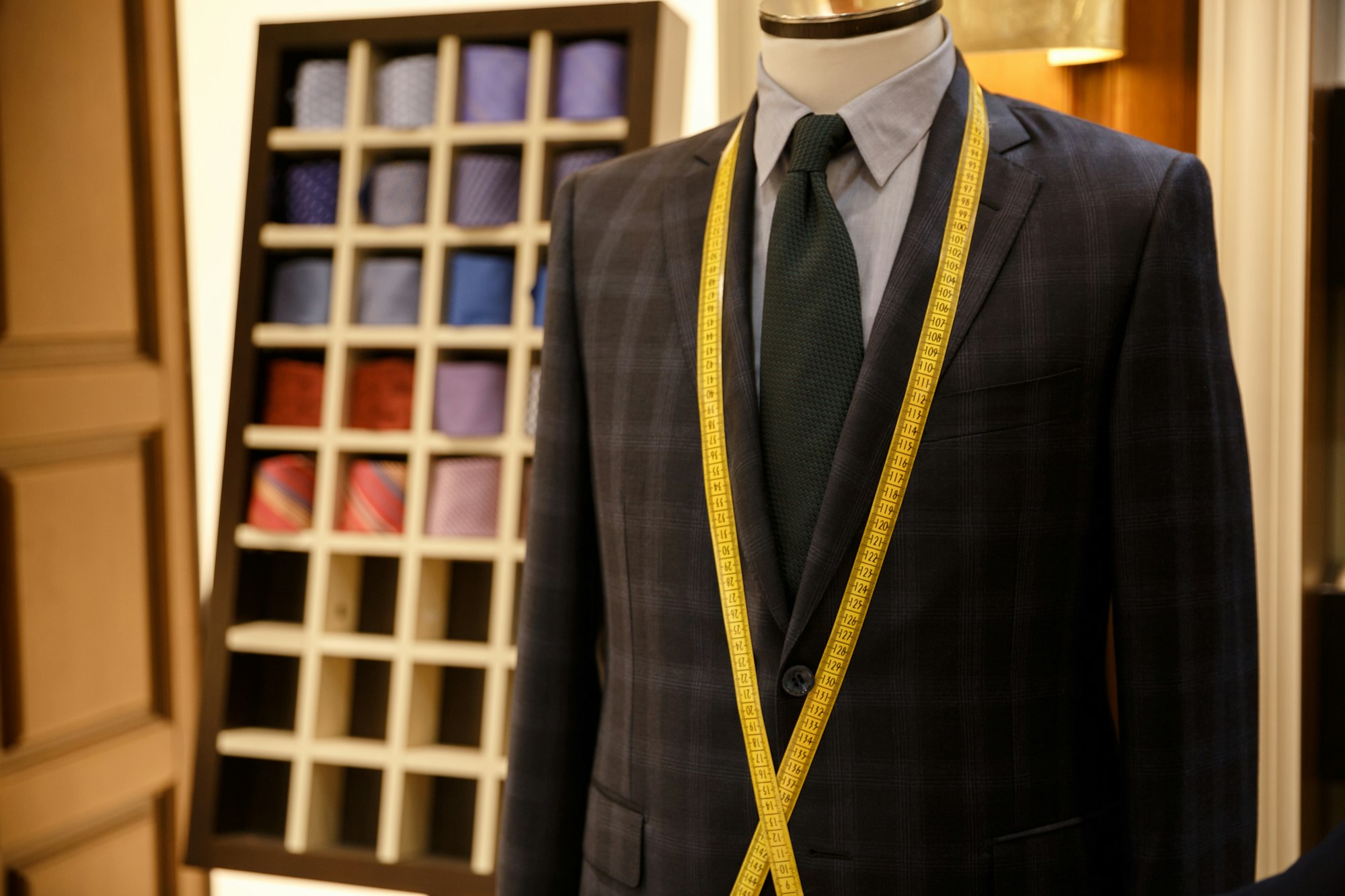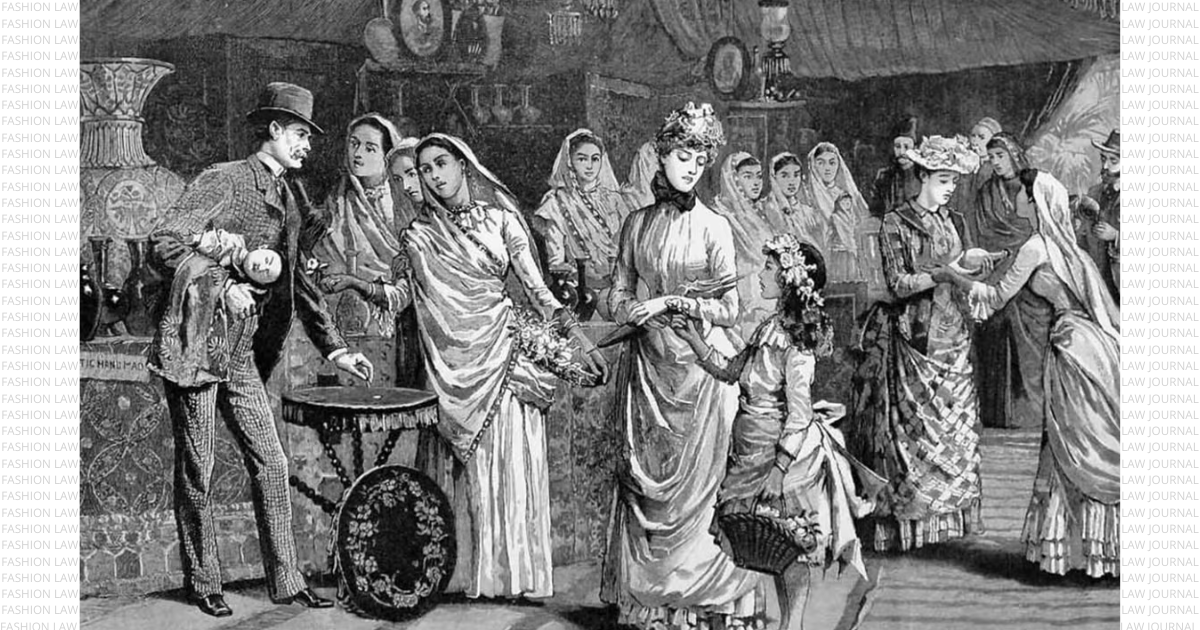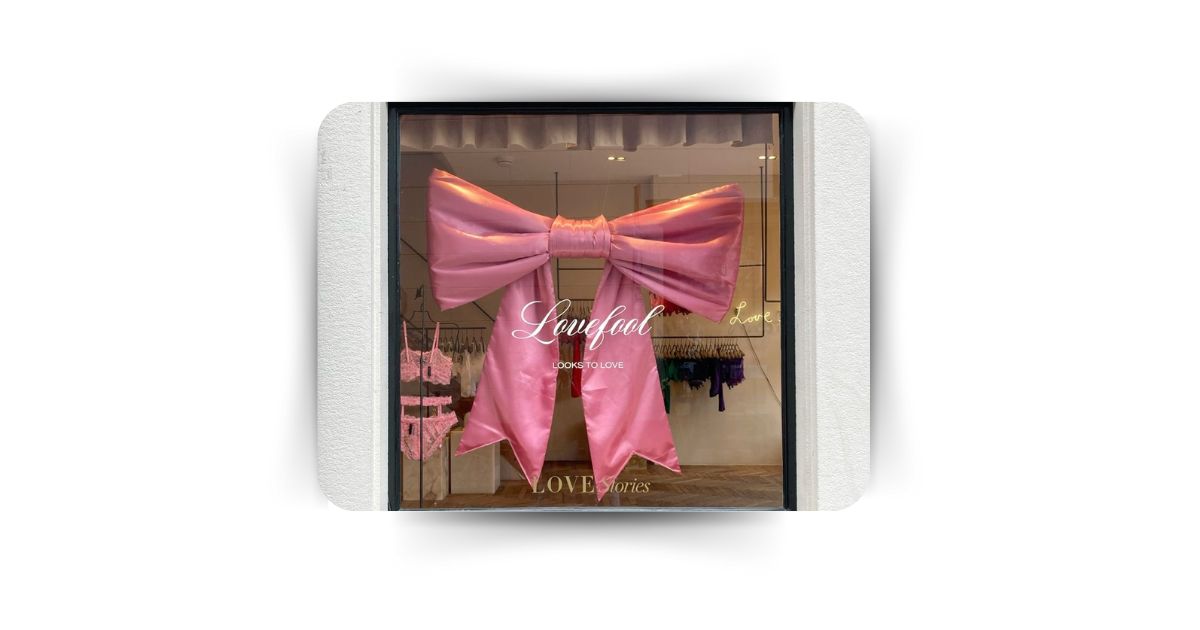In the fashion sector, protecting original designs is essential to preserving a brand’s uniqueness and competitive value. Each creation represents an intangible asset that, if not adequately protected, may be vulnerable to imitations, counterfeiting, and strategic information leaks that could compromise the company’s position. The fashion industry thrives on creativity and rapid innovation, yet it’s also vulnerable to imitation. Traditional IP protections, like copyright, patents, and design rights, provide a foundation but often fall short in deterring copycats. This is why many fashion designers also rely on non-disclosure agreements (NDAs) and non-compete clauses to shield their unique creations from unauthorized use.
In the U.S., fashion designers often lean on trade dress, a subset of trademark law, to protect their brand’s “look and feel.” Trade dress safeguards distinctive features if they are non-functional and recognized by consumers as a brand marker, such as Gucci’s recognizable patterns. Meanwhile, Europe offers more direct protection with its unregistered design right, which protects original designs for up to three years after creation. This brief period aligns well with fashion’s seasonal nature. In India, industrial design protection can apply to fashion designs if they meet originality and distinctiveness criteria. However, similar to other countries, these laws alone may not deter infringement effectively.
Given these constraints, fashion companies and designers are turning to contractual protections, such as NDAs and non-compete clauses, which address vulnerabilities not covered by IP laws.
The Role of Non-Disclosure Agreements in Fashion
In this context, confidentiality and non-compete clauses are essential tools to safeguard a company’s intellectual and strategic assets, fostering brand stability and development. The confidentiality agreement, or NDA (Non-Disclosure Agreement), is an essential contract with collaborators and employees and, in particular, between two companies or partners collaborating on a project. In a strategic collaboration, the NDA is crucial to protect sensitive information exchanged during work, from design patterns to technical production details, commercial positioning strategies, and exclusive supplier contracts.
An NDA between companies clearly establishes which information must remain confidential and for how long, ensuring that neither party can use the other’s information for its own advantage without authorization. These confidentiality agreements become even more important in contexts such as major mergers, acquisitions, business agreements, or the sale of business units, where the protection of financial, operational, and strategic information is crucial. When applied to collaborators, an effective NDA covers information that is not publicly available, adopting measures proportional to the strategic value of the data and the duration of the working relationship. In some cases, the NDA may be reciprocal, binding both parties to confidentiality, a common practice in strategic collaborations and joint projects. In any case, it is essential to comply with privacy regulations, ensuring that personal data is handled in accordance with GDPR and local laws. The non-compete clause, instead, limits a former employee’s or collaborator’s ability to work for a competitor or start a competing business. To be valid, this clause must respect strict limits on duration, geographic scope, and sector. Thus, the clause protects the company’s interests without being overly restrictive, allowing the worker to move into non-competing fields. Confidentiality and non-compete clauses protect corporate know-how and reduce the risk of former collaborators using acquired skills to benefit competitors. Including them in contracts helps to maintain brand stability even in the event of personnel changes, fostering an environment of trust and transparency with employees and collaborators. An example of the importance of using confidentiality and non-compete clauses can be found in high-end tailoring workshops, such as those of the Italian brand “Kiton,” where artisanal skills must be protected. Kiton’s tailors, in fact, use techniques passed down through generations, embodying the identity and distinctive value of the brand. Without a solid confidentiality clause, these methods could easily be disclosed. The non-compete clause is equally essential to prevent these artisans, once their working relationship with the company ends, from transferring their skills to a rival brand.
Furthermore, the importance of an NDA can be seen in the recent collaboration between Prada and Axiom Space to develop spacesuits for lunar missions. Here, too, confidentiality is necessary to protect the technological and design innovations developed jointly. These examples demonstrate how confidentiality and non-compete clauses are essential tools not only in internal relationships with employees but also in collaborations between companies.
To ensure that agreements are effectively applied, companies should use advanced management tools, such as software dedicated to contract monitoring, which respects collaborators’ privacy and data protection regulations. Monitoring, in fact, must be limited to document and contract management without encroaching on employees’ private sphere. If a violation is suspected, it is important, in compliance with current regulations, to conduct an internal investigation to gather documentary and testimonial evidence in accordance with legal requirements. Penalties must be proportionate, and, if foreseen as liquidated damages, should be commensurate with the estimated economic harm. If the harm is greater, compensation for the “greater damage” may be requested only if provided for by the clause. In particularly serious cases, such as the disclosure of significant corporate secrets, the company may also consider criminal penalties (articles 621, 622, and 623 of the Italian Penal Code), provided the circumstances fall within the legal provisions. These agreements, besides protecting the brand from external threats, create an atmosphere of trust with employees and collaborators, laying the foundations for solid and sustainable long-term growth.
For example, fashion houses in both the U.S. and Europe commonly require anyone accessing upcoming collections—employees, contractors, or even potential buyers—to sign NDAs. These agreements explicitly define what information is confidential and outline legal consequences for breaches. In the U.S., an NDA breach could lead to lawsuits for damages or injunctions to prevent further disclosure. In the European Union, NDAs are also upheld strongly, and companies may seek relief under trade secret laws if breaches occur.
NDAs are particularly useful in scenarios involving international production. When designers send their work to overseas manufacturers, an NDA ensures that proprietary information remains secure. For instance, if a brand’s new handbag design leaks prematurely, competitors can create knockoffs and flood the market, undermining the brand’s launch. Using NDAs across the production chain helps curb these risks, though designers still need to be cautious, as enforceability can be challenging across borders.
Non-Compete Clauses: Preventing Market Competition from Within
Non-compete clauses offer another layer of protection, especially from insiders who could leverage proprietary knowledge to compete with their former employer. These clauses prevent individuals from joining or starting a rival business within a specified timeframe or geographic area after leaving the company.
In the U.S., non-compete agreements are common in the fashion industry but vary in enforceability by state. California, for instance, generally prohibits non-compete clauses, viewing them as a restriction on the right to work. However, states like New York and Texas are more lenient, allowing non-competes if they are reasonable in scope, time, and geography. In Europe, non-compete agreements are enforceable under specific conditions. For instance, French labor law allows non-compete clauses but requires that employers provide compensation for the restriction. Similarly, in the UK, they must be justified by a legitimate business interest to avoid being struck down in court.
In India, non-compete clauses face challenges under Section 27 of the Indian Contract Act, which generally deems agreements that restrict trade void. However, courts in India have upheld non-competes when they apply post-employment, provided they are reasonable and protect trade secrets.
A common scenario illustrating the use of non-compete clauses is when a senior designer or creative director leaves a brand. Without a non-compete, they could take sensitive information about the brand’s unique aesthetic, upcoming trends, or market strategies to a competitor, effectively putting the original brand at a disadvantage.
Complementary Use of NDAs and Non-Compete Clauses
Using NDAs and non-compete clauses together provides a more robust shield for fashion designs. NDAs secure confidentiality during collaboration, while non-competes extend protection post-employment or post-collaboration, preventing former partners from immediately joining competitors.
For instance, a brand collaborating with an independent designer may use an NDA to keep project details confidential and a non-compete to prevent the designer from using that experience to benefit a competitor within a defined period. This combined strategy is critical in an industry where trends evolve quickly, and early exposure can lead to rapid imitation.
Limitations and Legal Challenges
While valuable, NDAs and non-compete clauses have their limitations. Enforcing NDAs often requires substantial resources, and companies without the means to pursue legal action may find them ineffective. For non-competes, overly restrictive terms may be seen as impinging on an individual’s right to work and can be invalidated by courts. Legal experts recommend tailoring these clauses specifically to enhance enforceability. For example, instead of a broad restriction, a company might limit non-competes to direct competitors or roles with similar responsibilities to the employee’s previous position.
Conclusion
Non-disclosure agreements and non-compete clauses are versatile tools that supplement traditional IP protections, securing proprietary information during both collaboration and post-employment phases. However, these clauses must be crafted carefully to comply with the legal norms of each jurisdiction, whether in the U.S., Europe, or India.
For fashion designers, navigating these contractual and legal protections is crucial for maintaining their creative edge and securing their brand’s value in an industry that never sleeps. By seeking legal counsel and understanding jurisdiction-specific nuances, brands can establish a fortified approach to protect their designs, ensuring that their ideas remain exclusive and their creative investments yield a return.
Sources:
- “They Are Everywhere, But Are Non-Compete Restrictions Actually Effective?” The Fashion Law, https://www.thefashionlaw.com/they-are-everywhere-but-are-non-compete-restrictions-actually-effective/
- “Fashion Designers and Non-Competition Agreements,” Fashion Law Wiki, https://fashionlawwiki.pbworks.com/w/page/11611191/fashion%20designers%20and%20non-competition%20agreements.
- “From Milan to the Moon – Intellectual Property Considerations in Prada’s Collaboration with Axiom Space,” Stevens & Bolton LLP, https://viewpoints.stevens-bolton.com/post/102jnez/from-milan-to-the-moon-intellectual-property-considerations-in-pradas-collabor
- “Non-Disclosure Agreement vs. Non-Compete Agreement,” LegalNature, https://www.legalnature.com/guides/non-disclosure-agreement-vs-non-compete-agreement
- “The Federal Trade Commission’s Attempt to Ban U.S. Non-Compete Agreements: Why and What Next?” Reuters, https://www.reuters.com/legal/legalindustry/federal-trade-commissions-attempt-ban-us-non-compete-agreements-why-what-next-2024-07-11/
- “How Will the Ban of Noncompete Clauses Impact the Fashion Industry?” Luxury Daily, https://www.luxurydaily.com/how-will-the-ban-of-noncompete-clauses-impact-the-fashion-industry/
- “Prada and Axiom Space,” Prada, https://www.prada.com/ww/en/pradasphere/special-projects/2024/prada-axiom.html
- “NDAs and Confidentiality Agreements: What You Need to Know,” Thomson Reuters, https://legal.thomsonreuters.com/en/insights/articles/confidentiality-agreements
- “How Effective Are Non-Compete Restrictions?” The Fashion Law, https://www.thefashionlaw.com/they-are-everywhere-but-are-non-compete-restrictions-actually-effective/
- “Non-Disclosure Agreement vs. Non-Compete Agreement,” LegalNature, https://www.legalnature.com/guides/non-disclosure-agreement-vs-non-compete-
About Authors:
Anuj Kumar:
Anuj is also Founder & editor-in-chief of Fashion Law Journal, an exclusive resource for legal issues involving the fashion industry. Anuj has been assisting fashion brands in Compliances required for Fashion Industry, the issues of Licensing, Merchandising, and protecting IP, Labour, and the Rights of stakeholders. Anuj is also founder of Legal Desire Media (among leading legal industry insights media with over 3 Million+ readership), having experience of 12 years in Publishing, Compliances, Business Development & Marketing, closely working with over 50+ global brands, influencers & law firms in various practices for comprehensive business development solutions, empowering small firms to successfully build their brands, connect with consumers to grow their practice. Serving clients in brand setup, industry compliances, managing their digital properties, business Development goals & Corporate Communications, etc. Visit: www.anujkumar.in
Stefania Gallo:
Stefania Gallo is a professional in the legal sector of fashion and luxury, with a solid education and focused experience in the legal matters of these fields. A graduate in Law from the Alma Mater Studiorum – University of Bologna, she developed her thesis in Civil Procedural Law, delving into precautionary protection within the luxury industry.
As a specialist in Fashion Law, Luxury Law, and Intellectual Property, Stefania combines legal expertise with a keen approach to emerging topics in the sector, gaining skills through numerous specialized courses in areas such as artificial intelligence, blockchain, and international arbitration, exploring new legal frontiers for these industries.
She has participated as a speaker in fashion law conferences, offering an Italian legal perspective on topics of global interest.
Stefania is also the founder of Fashion Law Italia, a platform dedicated to legal dissemination in the fashion industry. This project merges solid legal expertise with a deep understanding of market dynamics.


















